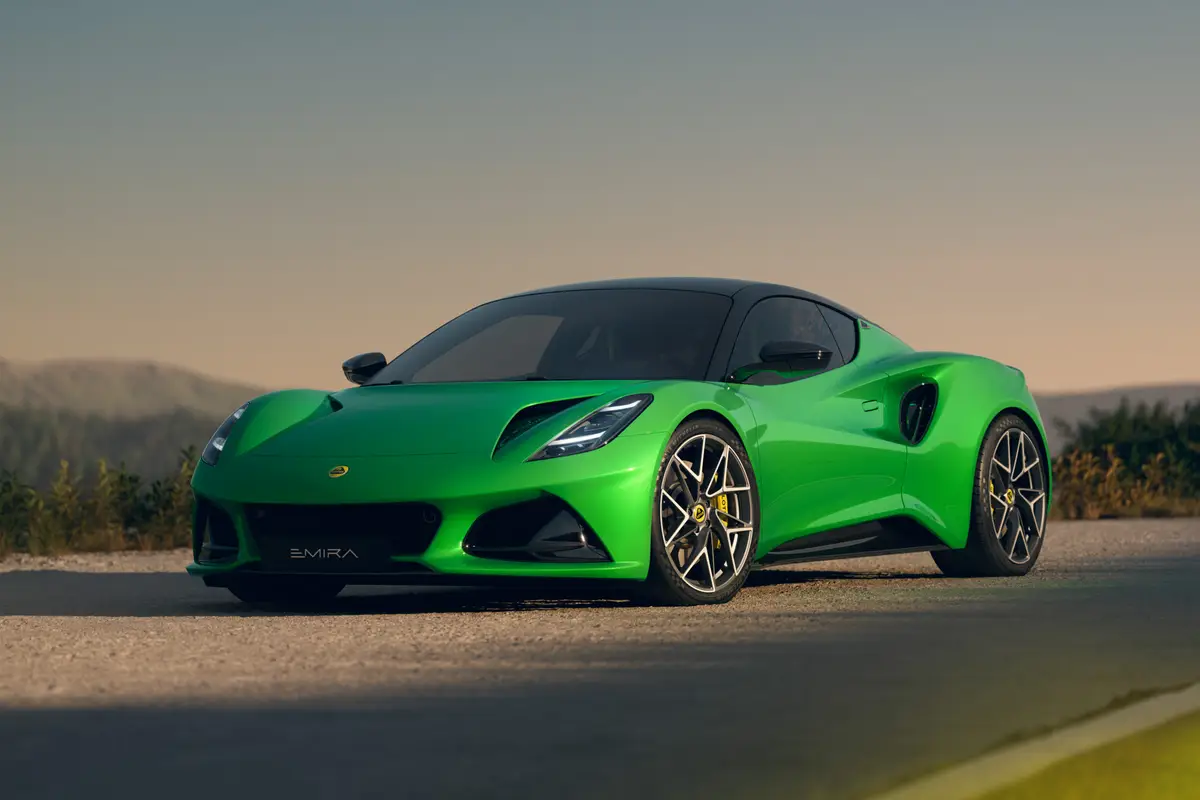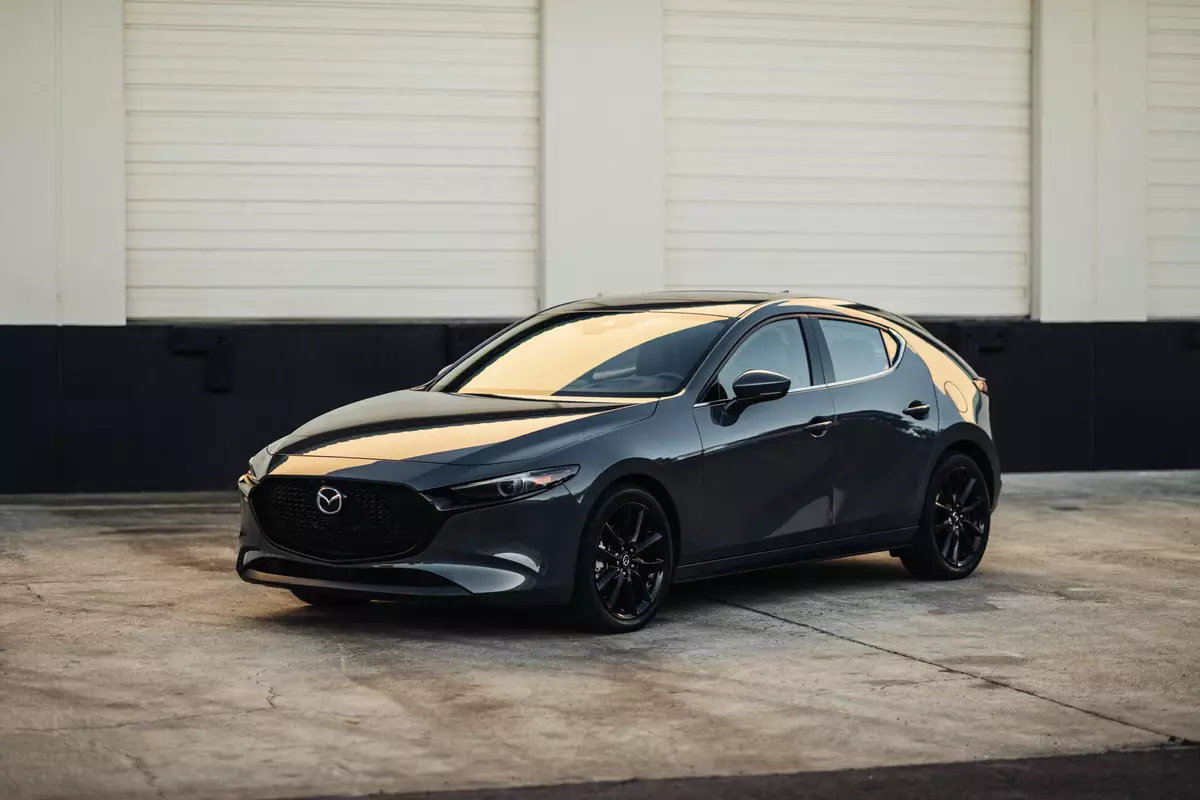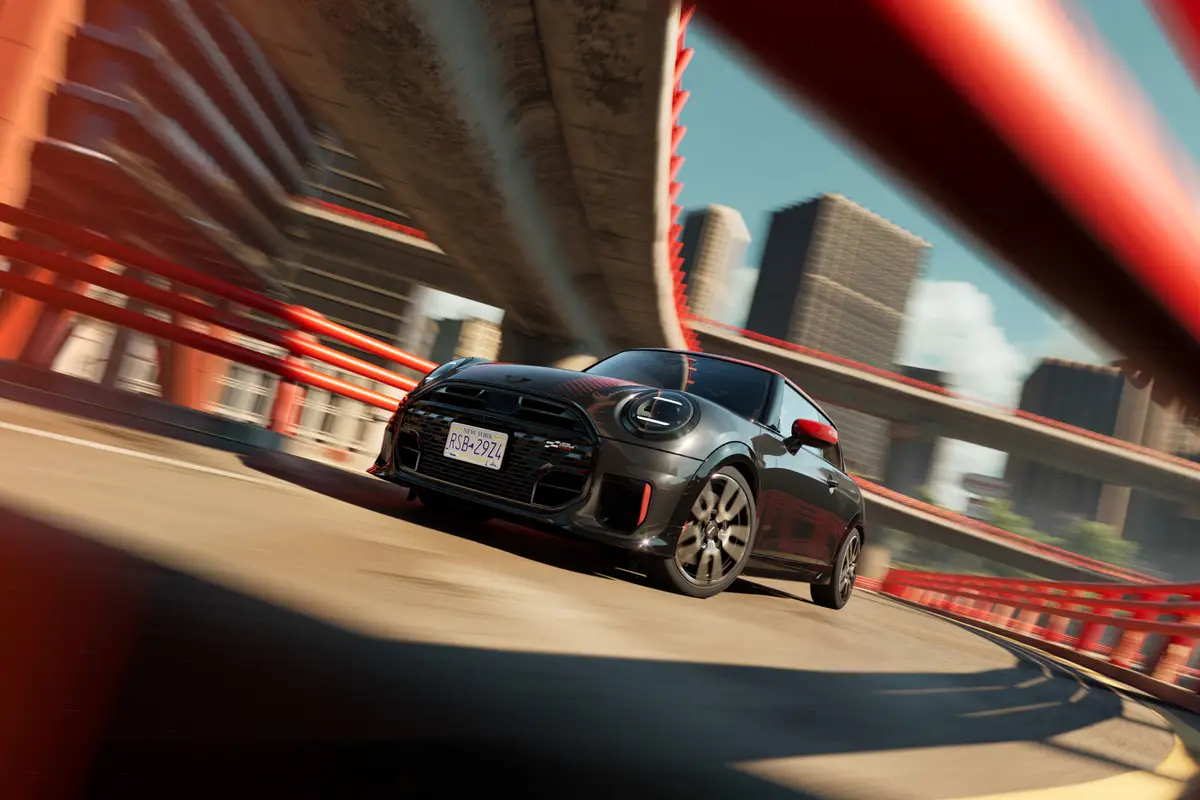The Morning Call and Mcall.com's view
The new Audi 80 is this German manufacturer’s replacement for the 4000, perhaps the most popular and successful of all Audi models ever introduced in this country.
The 4000’s 9-year-old design was getting somewhat outdated, especially when compared to the aerodynamic 5000. But it was a relatively trouble-free car with a loyal following and one wonders what prompted Audi to change its name. After all one doesn’t, or shouldn’t, mess with success.
Apparently Audi felt its Teutonic background was being neglected. The reason for the name change in Audi’s words were, ”Reflecting Audi’s German engineering heritage, this new model adopts the European 80 nomenclature.” But what’s in a name?
The all-new model, regardless of its name, will no doubt attract attention, especially among buyers of German cars. The all-new body design is as aerodynamic as the 5000 and has a coefficient drag of 0.31, an improvement of 0.10 over the previous 4000S. And although it does share a family resemblance to the 5000 and has such similar features as a raked windshield, flush window glass, aerodynamic headlight and body-integrated door handles, the 80 is not really a clone.
The test car (supplied by Knopf Automotive, 3401 Lehigh St., Allentown) received a number of second looks and comments on its appearance. All favorable. Even some knowledgeable car people thought it was a Mercedes-Benz, a mistake that not in the least is likely to bother Audi. I’m not quite sure this had so much to do with its styling as its country of origin; German cars do have sort of a national look to them. And being a German car is far from being a handicap. Most people tend to think of German cars as well engineered, high quality and, lest we forget, very, and in many cases, very, very expensive.
So, while the 80 may be the least expensive of the cars in the Audi lineup, it is far from being inexpensive.
The test car, with a bottom line of just over $20,000, could probably be considered somewhat pricey for a four-cylinder car. But it is a German road car and the Deutsche mark is high and if one wants all that goes along with German engineering and so forth, this is what you are going to pay. One should also keep in mind that the 80, like many other cars on the market from a variety of countries, is much better equipped and has a higher standard of luxury than previous models. In fact, I would say that the 80 has a higher level of trim and equipment than the most expensive Mercedes-Benz of 10 years ago.
The 80, though, is more than just an upscaled car. It is also very functional with a good deal of emphasis placed on ergonomics. The front seats are positioned higher for a better view and are also fully adjustable in height. Even with the optional sliding sunroof, a feature that cuts 1 1/2 to 2 inches of head room, there should be plenty of room in the 80 for tall drivers. The driver also has an unobstructed view of the speedometer and tachometer, which are mounted left and right.
Passengers are not neglected either. Both front and rear seats have head restraints and a folding center armrest, and the doors open wider (than previous models) for easy passenger access. The passenger compartment measures 6.3 feet from the pedals to the back of the rear seat – a good amount of space for a compact – providing rear seat passengers with decent leg room.
The trunk deck is somewhat unique in that it opens up past 90 degrees and extends down to the rear bumper for easier luggage loading. The trunk measures 10.2 cubic feet, not really very large. The saving grace is that it is rather uniquely laid out – it is tall and narrow – and very useable. The trunk layout, obviously, is how Audi got so much room out of its passenger compartment.
On the road and underway, the 80 proves to be a driver’s car. This, though, is what you are paying for and should be expected. The front-wheel drive 80’s suspension features coil spring/shock absorber struts, lower control arms, stabilizer bar, negative roll radius up front while the rear has a torsion crank-axle, panhard rod, coil spring/shock absorber struts and stabilizer bar. All quite sophisticated, and should prove to be sufficient for ardent driving enthusiasts.
Powering the 80 is an enlarged and upgraded version of the 4000’s 1.8- liter engine. The new engine measures 2-liter or 121-cubic-inches and in addition to a larger bore and longer stroke, several changes also were made to increase horsepower and create a broader torque curve. They include increasing the compression ratio from 10:1 to 10.5:1, revising camshaft timing, adding oil spray jets to better cool the pistons and relocating the fuel injectors in the cylinder head for cooler operation.
The new engine is rated at 108 horsepower at 5,300 rpm and 121 foot pounds torque at 3,200 rpm. Now 108 horses in a car weighing 2,568 pounds doesn’t sound all that exciting. Performance, though, is quite lively. Helping stretch out the power is a new five-speed manual transmission featuring close ratio gearing. If you play things right and shift on cue, the 80 will go from zero to 60 in about 10 seconds. According to Audi, the 80 was designed for high speed German autobahns and has a top test track speed of 122 mph. Just what is needed for 55 mph highways and radar-armed police.
If one is not driving at autobahn speeds, the 80 will provide decent fuel mileage. The test car averaged 17 miles per gallon city driving and 28 mpg over the highway. Keep in mind, unleaded premium must be used with the high 10.5:1 compression ratio.
Another interesting feature about the 80, and not one that can be seen but no doubt will be appreciated in years to come, is that it has a fully galvanized body. First introduced on the Audi 5000, the steel body panels are zinc galvanized on both sides. And, according to Audi, the body also receives a 27-step paint process, including a zinc-phosphate prime coating.
Base price on the 80 is $18,600 and the long list of standard equipment includes air conditioning, tinted glass, rear window defogger, cruise control, power windows, dual power mirrors, central locks and six-speaker sound system. Options on the test car totaled $1,665: sun roof, $795; AM/FM stereo cassette with anti-theft coding, $495, and clear-coat metallic paint, $375. Add the $335 destination charge and the price came to $20,600.
The 80 is protected by a 3-year, 50,000 miles limited new vehicle warranty, free Roadside Assistance including membership in the United States Auto Club for three years, and a 6-year limited warranty against corrosion perforation with no mileage limitation.
Latest news



